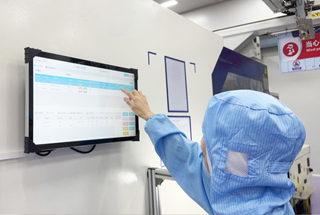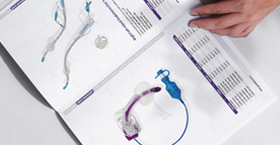Accurate urine output monitoring is essential in critical-care, post-operative, and long-term care settings. Two common devices for this purpose are the urometer (often called a graduated urine meter) and the standard drainage bag. Although both collect urine catheterized from the patient’s bladder, they differ significantly in design, functionality, and clinical application. The following sections provide an English-language overview comparing these two devices, accompanied by a detailed comparison chart.
What Is a Urometer?
A urometer is a compact, transparent chamber with precise graduated markings (usually in 10 mL or 25 mL increments) that attach directly to a standard Foley catheter via a connecting tube. It allows nurses and physicians to read urine output in real time without detaching the system, thereby minimizing infection risk. Typical urometer capacities range from 250 mL to 1000 mL, making them suitable for short-term, high-accuracy monitoring.
What Is a Standard Drainage Bag?
A standard drainage bag is a larger, flexible pouch—commonly 1000 mL to 3000 mL capacity—also connected to the Foley catheter. Graduations on standard bags are more widely spaced (e.g., 100 mL increments), which reduces precision but offers greater total volume. These bags are designed for longer-term drainage, with features like anti-reflux valves, odor filters, and reinforced hangers to secure under-bed or bedside placement.
Comparative Feature Chart
| Feature | Urometer | Standard Drainage Bag |
|---|---|---|
| Capacity | 250–1000 mL | 1000–3000 mL |
| Graduation Precision | 10 mL or 25 mL increments | 100 mL or 200 mL increments |
| Measurement Accuracy | High (±5 mL) | Moderate (±50 mL) |
| Typical Use Duration | Short-term (up to 24 hours) | Long-term (multi-day) |
| Portability | Lightweight, compact | Bulkier; may require under-bed space |
| Anti-Reflux Protection | Built-in valve in most models | Valve often located at bag inlet |
| Sampling Port | Usually present for sterile sampling | May have port or require bag change |
| Tubing Length | 30–50 cm | 90–120 cm |
| Cost | Higher per unit | Lower per unit |
| Ideal Clinical Setting | ICU, recovery room, hourly output | General wards, long-term care |
Key Differences Explained
Precision vs. Capacity
Urometers provide milliliter-level accuracy, making them indispensable in intensive care when fluid balance must be tightly controlled.
Standard bags hold large volumes, reducing the need for frequent emptying but sacrificing fine measurement.
Ease of Monitoring
With a urometer, clinicians can read results at eye level without tracing back to an under-bed bag. This speeds workflows and reduces handling.
Standard bags require periodic emptying and visual inspection, which can interrupt patient rest and increase infection risk if not done with strict aseptic technique.
Infection Control
Both devices are closed systems, but urometers’ shorter tubing and direct catheter attachment minimize dead space where bacteria can accumulate.
Standard bags, with longer tubing, may require more vigilant loop positioning to avoid kinks and backflow.
Cost and Replacement Frequency
Urometers cost more and are often single-patient use within a 24- to 48-hour window.
Standard bags are less expensive, suitable for extended use, and are swapped out less frequently.
Clinical Considerations
Patient Mobility: Urometers are lighter and better for patients who need periodic movement; standard bags can be cumbersome.
Documentation: Electronic systems often integrate urometer readings directly into charts; standard bag volumes must be transcribed manually.
Supply Management: Stocking both types ensures flexibility for varying acuity levels across a facility.
In summary, urometers excel in scenarios demanding high-precision, short-term monitoring, while standard drainage bags offer cost-effective, high-capacity drainage for longer-term care. Selecting the right device depends on clinical goals: intensive fluid balance vs. routine urinary collection. By understanding these differences, healthcare teams can optimize patient safety, workflow efficiency, and infection prevention.


 Français
Français Español
Español Products
Products

 About Us
About Us











